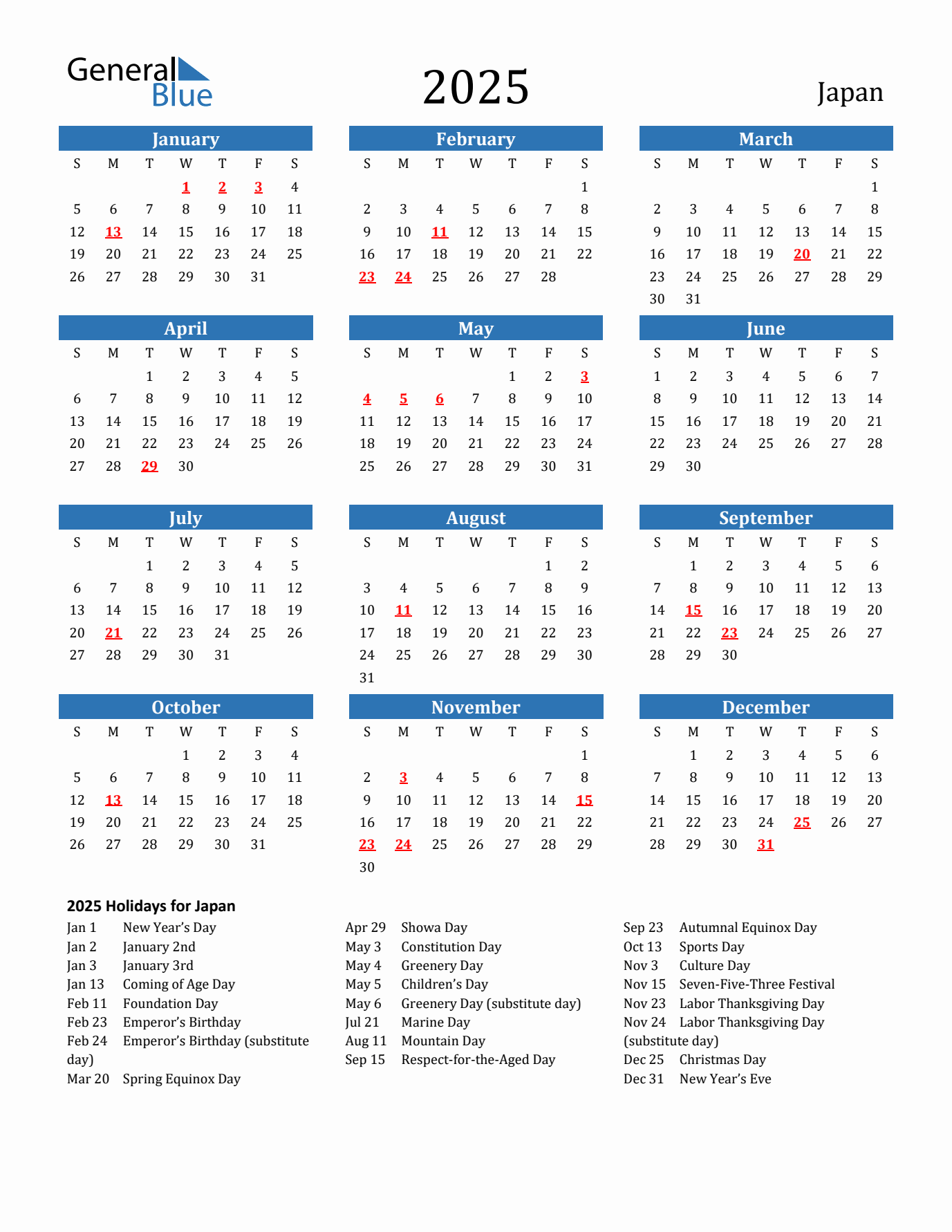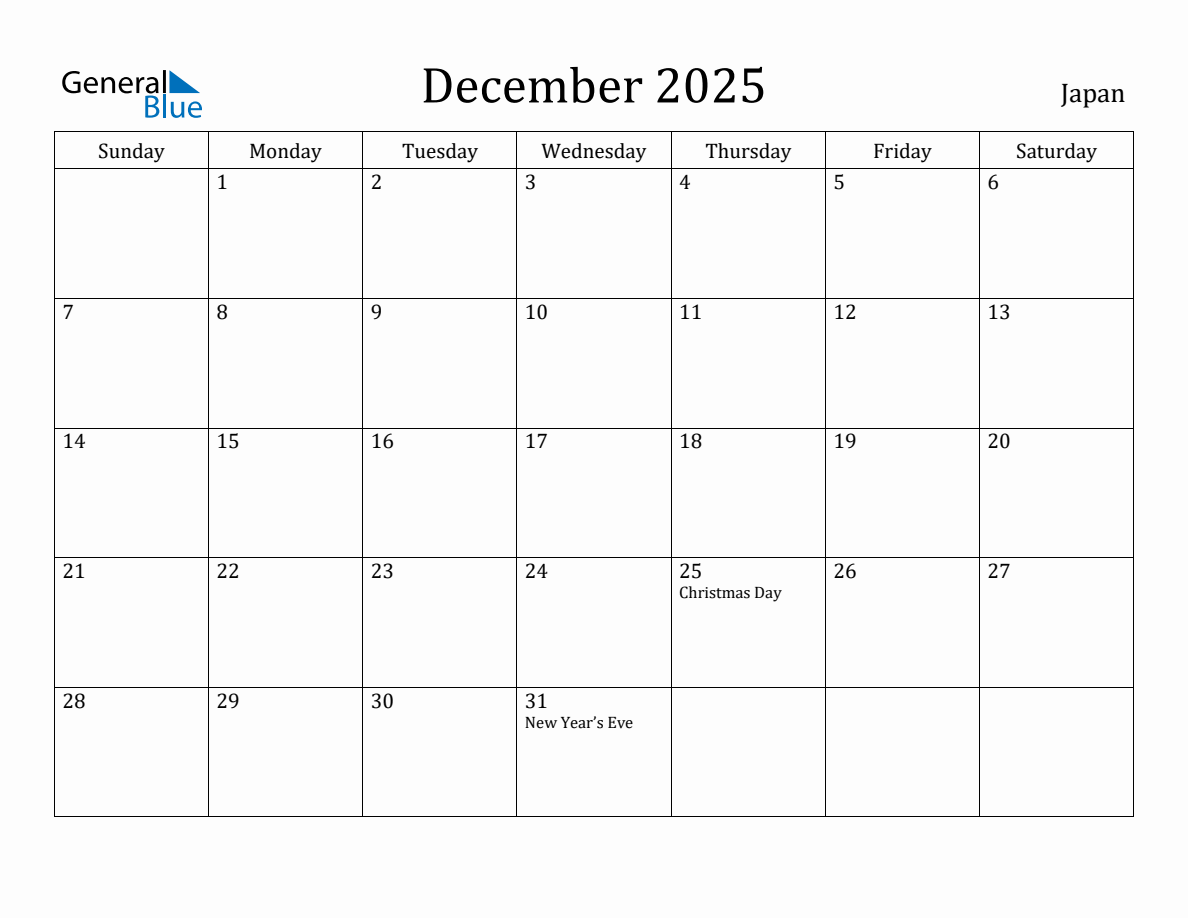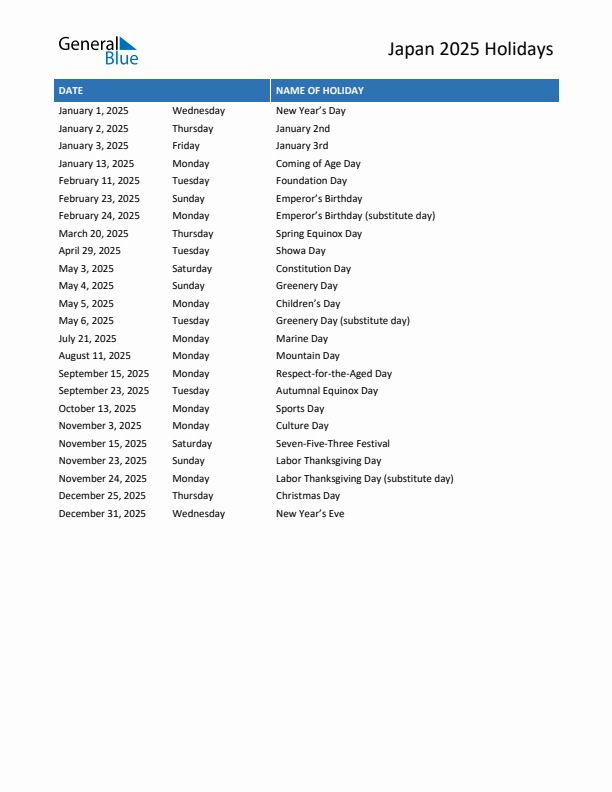Spring Equinox Day (Vernal Equinox Day) in Japan
When is Spring Equinox Day in Japan?
Spring Equinox Day in Japan is on March 20, 2026. It falls on Friday.
How many days until Spring Equinox Day in Japan?
There are 85 Days left until Spring Equinox Day in Japan.
Is Spring Equinox Day a public holiday in Japan?
Vernal Equinox Day or also known as Spring Equinox Day in Japan, is a national holiday observed either on the 20th or the 21st of March of every year. Vernal Equinox Day is more commonly known as Shunbun no Hi by the Japanese people. The specific date of this holiday depends on what day the equinox falls in the country.
Equinox is an event when the sun happens to be exactly above the Earth’s equator. As a result, the daytime and the night time on this day are said to be approximately of equal duration. It occurs twice a year.
Origin of Spring Equinox Day
In the Northern Hemisphere, the equinox which happens on March is called vernal or spring equinox (this is when the sun moves north across the celestial equator), whereas the one happening on September is the autumnal equinox (this is when the sun crosses the celestial equator going south). For those countries belonging to the Southern Hemisphere, theirs is the opposite of the North since their March represents the beginning of autumn and September is the beginning of spring. Since the date of the occurrence of Vernal equinox vary depending on the location of the country, Japan, which is part of the Northern Hemisphere, observes this holiday usually on dates between March 19 to March 22. Yet, most of the time though, the date of the holiday always falls on either the 20th or the 21st of March each year.
From Shunki Koreisai to Vernal/Spring Equinox Day
Before the World War II happened, the Vernal Equinox Day was not yet established in the country. A different holiday called Shunki Koreisai was celebrated on this date instead. ‘Shunki Koreisai’ is a religious holiday which has most of its reference in Shintoism, and thus, the emperor being the center of several Shinto rituals, have been the main focus of this event. In the past, this holiday was celebrated to honor the previous emperors of Japan. However, similar to other Japanese holidays, Shunki Koreisai was changed when the new constitution of Japan was drafted. On year 1948, following the events of the Second World War, the Shunki Koreisai holiday was substituted with the Vernal Equinox Day. Unlike the preceding holiday wherein it’s more of a praise and worship celebration for the emperor, the Vernal Equinox Day on the other hand focuses on the appreciation and the love of nature. The Vernal Equinox Day was actually made to be a secular event in consideration to the fact that there has now been a separation of the church and state in Japan after the postwar-constitution was created.
Vernal Equinox Day Traditions in Japan
Japan has always been famous for its beautiful sceneries. But the country is even more spectacular during the spring season. As the cold winter breeze starts to fade by end dates of February, the smell of the blooming flowers and trees would fill the air as March comes and thus, marking the beginning of the spring season in the country. With cherry blossoms (sakura in Japanese language) blooming in the forests, parks, street-sides, added with the fine weather and the clear blue skies, the beautiful colors of nature could be seen everywhere in Japan. And with the coming of the spring season, a special holiday is likewise observed during this time. The Spring Equinox Day/ Vernal Equinox Day is a Japanese holiday designated for the celebration and appreciation of nature and all living things. Hence, the season is perfect for the observance of this holiday.
Many practices have been associated with the celebration of the Vernal Equinox Day in Japan. On this day, government offices are suspended and schools are closed (since students are usually in their spring break already). However, many shops, stores, museums, themeparks, and other attractions that would still remain open. A lot of day-job office workers are also given a day-off from their companies so they can spend the holiday with their friends and families.
Hanami (Flower Viewing)
Other Japanese families would also celebrate this holiday by having a picnic in the parks or other places wherein they can have a good spot for cherry blossom-watching. Gathering in the local parks for the cherry blossom-watching/flower-viewing is typical on this day. ‘Hanami’ or translated as flower-viewing in English, is one of the best activities that one shouldn’t miss during the celebration. Some of the best locations for this activity include: the Shinjuku Gyoen, Chidorigafuchi Moat, and Ueno Park. These locations are all within the Tokyo area.
Visiting the Burial Sites of their Ancestors
In Japan, the celebration for the Vernal Equinox Day is actually taken seriously. Several traditions are observed by the Japanese for this holiday. One of the customary practices they always do is to visit the burial sites of their loved ones and ancestors. Cemeteries in the country would be especially crowded at this time. The gravestones of their ancestors and other family members who passed away would be cleaned and tended to. The surroundings of the graves/tombs are swept, weeds are pulled, flowers are planted, and foods are even left at the tombs as offerings. One specific food the Japanese would usually bring on this day is the ‘bota mochi’ which is a chewy ball of sweet rice. This food is chosen since it is believed that the spirits of the dead prefer round foods.
Shrine/Temple Visit
Shrine/temple visits are also observed on this day. Although the holiday is no longer religious, several shrines/temples throughout the country would still arrange for events for those who’d come to visit.
Common Foods Prepared on Spring Equinox Day
When spring comes and the season change, so does the foods prepared by the Japanese. Although there is no specific food to be eaten on this holiday, majority of the Japanese would still serve dishes that are considered as springtime food. Usage of plum blossoms to prepare for the said dishes are common. The following are examples of the dishes prepared: the umeboshi (which is a tart with pickled plums), chips (which are flavored with pickled plums), umeshu (which is a plum wine), and takenoko (which is a bamboo shoot). Aside from the Plum blossoms, Takenoko is also often used for the preparation of the springtime foods. Examples of dishes made from Takenoko include: Simmered Bamboo Shoots, Takenoko Bamboo Shoot Rice, and Takenoko No Nimono.
| Year | Date | Day | Holiday |
|---|---|---|---|
| 2026 | March 20 | Friday | Spring Equinox Day |
| 2027 | March 21 | Sunday | Spring Equinox Day |
| 2028 | March 20 | Monday | Spring Equinox Day |
| 2029 | March 20 | Tuesday | Spring Equinox Day |
| 2030 | March 20 | Wednesday | Spring Equinox Day |
| 2031 | March 21 | Friday | Spring Equinox Day |
| Holiday | Date |
|---|---|
| Christmas Day | December 25, 2025 |
| New Year's Eve | December 31, 2025 |
| New Year's Day | January 01, 2026 |
Download or print free 2025 calendar which includes the list of holidays in United States. Free holiday calendar templates in more than 130 countries are provided in PDF, Excel, and Microsoft Word format. For those who like to get a calendar that starts on Monday, we also have ISO calendar.
The December 2025 monthly calendar for the United States shows the holidays for the month, which is helpful in planning schedule and events in reference to the upcoming holidays in the US. It is available in PDF, Microsoft Word and Microsoft Excel formats. You may select your preferred orientation and preferred start of week since we have Monday start calendar or Sunday start calendar.
If you are looking for just a list of holidays in the United States for the year 2025, we have that available in PDF, Word and Excel formats. This can be helpful for those who like to keep track of the holidays, be it for travel, work or any other purposes. It is free to use, just like the rest of our templates. You can choose from Letter, Legal and A4 paper sizes.


